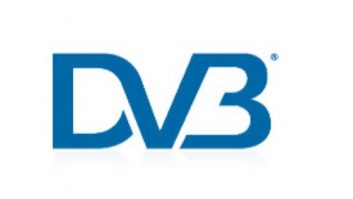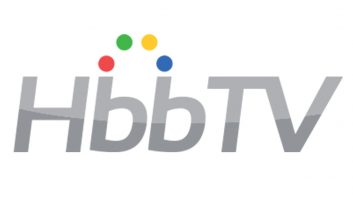With Modeo’s recent demonstration of the technology, DVB-H officially arrived on US soil in the same way many things and people have, through New York City. Modeo, the Pittsburgh, Pennsylvania-based DVB-H services provider, recently held an event in New York City for press and investors designed to stir interest in the technology prior to a launch the next day by Verizon of a competing system based on Qualcomm’s MediaFLO technology, writes Ken Kerschbaumer.
AT&T is expected to launch a video service next quarter based on MediaFLO.
The event proved the quality of DVB-H services as Modeo distributed cellphones capable of receiving DVB-H signals transmitted by 65 DVB-H transmitters that deliver live video over 900 square kilometers in the New York City area. The problem, however, is that Modeo does not yet have a deal with a cellular provider to make the service commercially available.
Michael Ramke, Modeo president, said he isn’t concerned over the lack of a deal. He believes there is plenty of room for competing technologies, especially as other devices like Portable Sony PlayStations and PDAs can receive DVB-H signals via a plug-in tuner card.
As for the service, it offers six video channels: MSNBC, Fox News Channel, E! Entertainment, Discovery Channel, CNBC and Fox News. It also has eight music channels.
Jason Caliento, Modeo vice president, network development, says content is acquired in the company’s Pittsburgh head-end via satellite or FTP for non-live programming. “From there it can be sent to any transmitter in the country and can get to users on the ground in less than eight seconds,” he said.
Modeo does have an advantage when it comes to rolling out its service across the country. Because Crown Castle International owns the company it has access to the tens of thousands of Crown Castle cellular towers across the country. In addition the US government, just prior to the Modeo event, gave the company permission to increase power levels in urban environments to 20kW while rural areas can hit 40kW. Also important, according to Caliento, is that because the system is a single frequency network with a deep mesh of transmitters it’s easier to get signals into the deep canyons of buildings that make up Manhattan.
While Modeo and MediaFLO look to bring over-the-air TV reception to cellular phones the traditional cellular video services aren’t standing still. MobiTV, for example, this week announced a deal with NBC that will deliver primetime programming to cellphones on demand for a fee.







